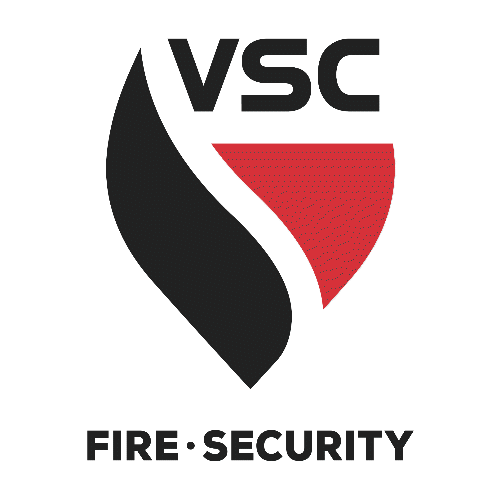Inspectors are subject to the requirements established in OSHA’s General Industry standard, Part 1910. However, inspections conducted in construction environments are subject to OSHA’s Construction Industry standard, part 1926. You are required to follow the PPE requirements outlined for Sprinkler Fitter-Construction when you conduct inspection or testing services in a construction environment.
| PPE | OSHA 1910 |
| Hard Hats | To be worn when there is potential for your head to make physical contact with overhead objects. |
| Safety Glasses Note: Inspectors perform the adjacent list of tasks. The list is not all-inclusive. When Inspectors perform other tasks that present hazards to the eyes, at minimum, Safety Glasses must be worn. | Wear Safety Glasses when conducting the following tasks: Backflow TestFire Pump TestWhen using hand toolsInspecting fluid levels inbatteriesRemoving ceiling tiles or any overheadobjectsRemoving or accessing subfloor systemsOccupying utility vaultsWhen required by the customer Prescription Lenses If employees wear prescription lenses, protection shall be afforded as follows: Wear eye protection equipment over the prescription lenses without disturbing the proper position of the prescription lenses. Per OSHA, VSC will provide the eye protection equipment. This may include goggles or face shield.Use prescription lensed safety glasses. In accordance with OSHA requirements, employees who select this option are responsible for the expense to purchase the prescription safety glasses, which shall be safety rated lenses with sideshields. |
| Goggles or Face Shields | Must be worn when working with chemicals or conducting a task with a splash hazard such as: Checking battery fluid levels on dieselpumpsTopping off a foam tank after a testExposure to corrosioninhibitorsTesting anti-freeze systems Note: When working with or around chemical products follow the SDS guidelines for the product. |
| Protective Footwear | Wear impact resistant safety toed footwear per ANSI Z41.Never permitted: Tennis shoes or open-toed styleshoes. Note: Where the job task involves exposure or contact with electrical panels, wiring or any other conductive electrical device(s), footwear must be non-conductive. No steel-toed footwear allowed. |
| Hand Protection Type 2 Cut Resistant Work Gloves required. (Type 2 is the minimum requirement) | Specific situations when Gloves are to be worn include, but not limited to: Conducting Fire Pump Test.Handling materials with sharp or pointededges.Reaching into or climbing in overhead areas with inadequate lighting or visual obstructions, including attics, crawl spaces andmezzanines.Moving and sorting through material by hand in vehicles or tool box to access items.Using blades, knives, box cutters or other sharp edgedinstruments. |
| Hearing Protection | Ear Plugs or other hearing protection required when exposed to mechanical areas or industrial processes >85 decibels. Refer to Appendix J. Hearing Protection Safety Policy for details. |
| Personal Fall Arrest System/Body Harness | Must be used when on a walking/working surface (horizontal and vertical surface) with an unprotected side or edge which is 6 feet or more above a lower level. This includes stairwells with missing handrails. Refer to Appendix D. Fall Protection Safety Policy for detailed requirements. |
| Respiratory Protection | An Activity Hazard Analysis (AHA) for any chemical or airborne contaminant exposure, including review of applicable Safety Data Sheets (SDS), must be completed in order to determine required PPE. Refer to Appendix K. Respiratory Safety Policy for detailed requirements. |
| Electrical Shock Exposure | Before performing tasks in any electrical panel or on equipment with exposed circuits, employees will review and comply with PPE requirements specified in Appendix G. Electrical Safety Policy, and Appendix H. Lockout/Tagout Safety Policy, and/or requirements provided in approved Arc Flash Awareness training programs. |
Footnote: When conducting service in industrial or manufacturing facilities, all VSC employees will comply, at a minimum, with the PPE requirement established by the customer, as long as those minimums are not below the applicable OSHA regulation(s).
